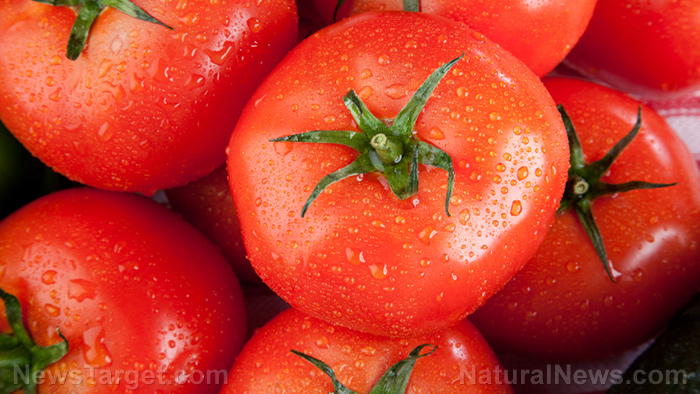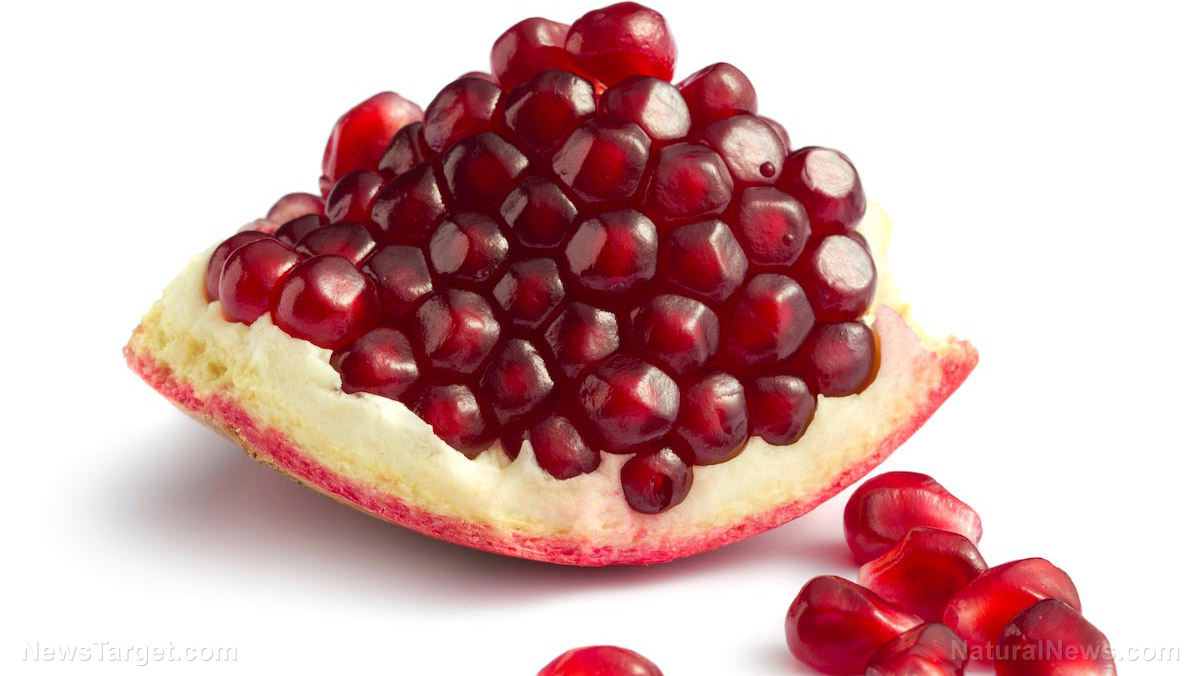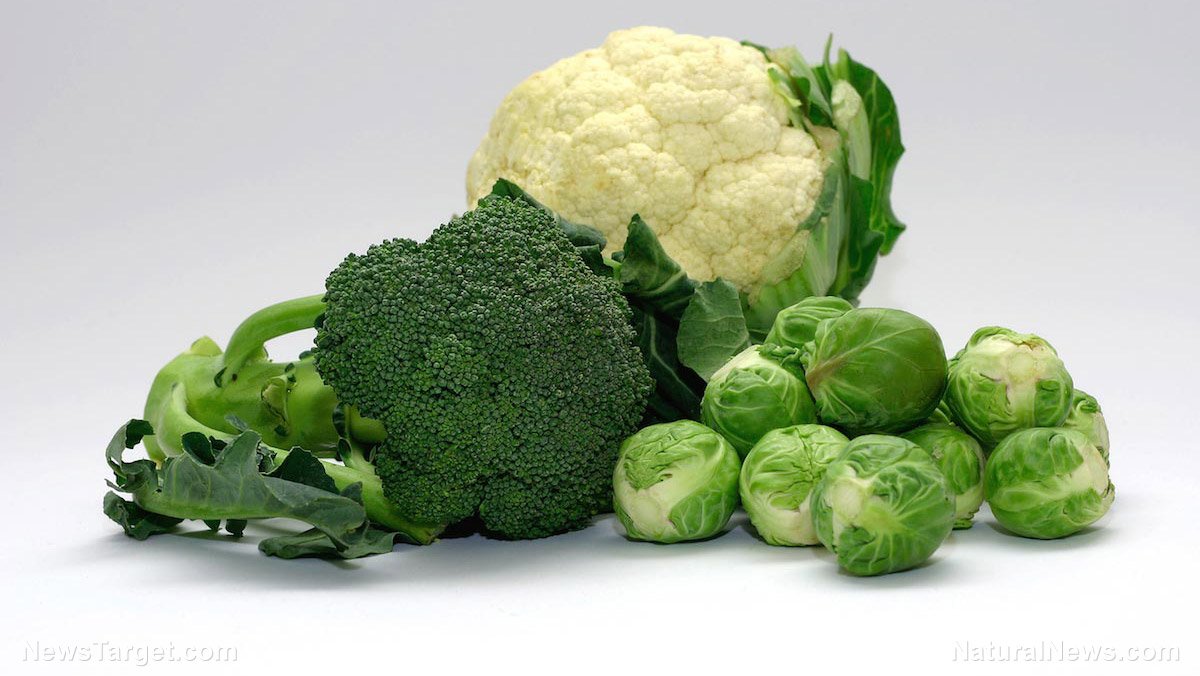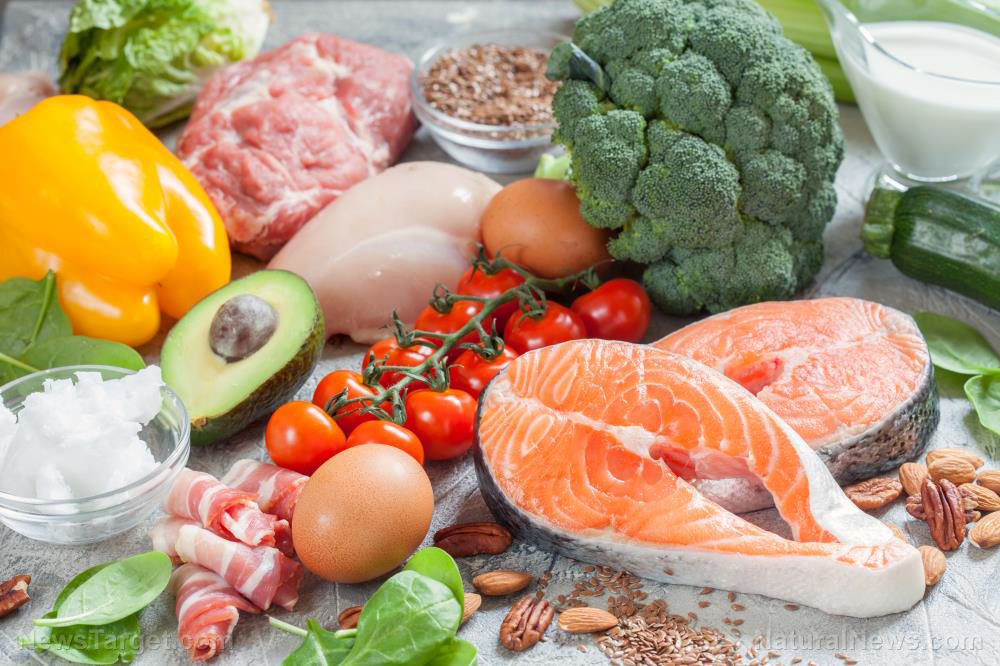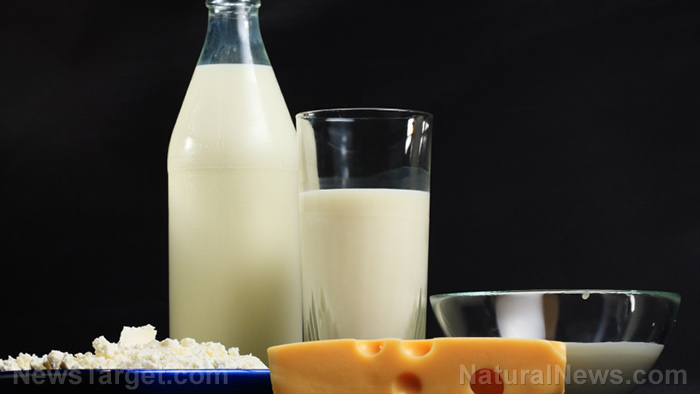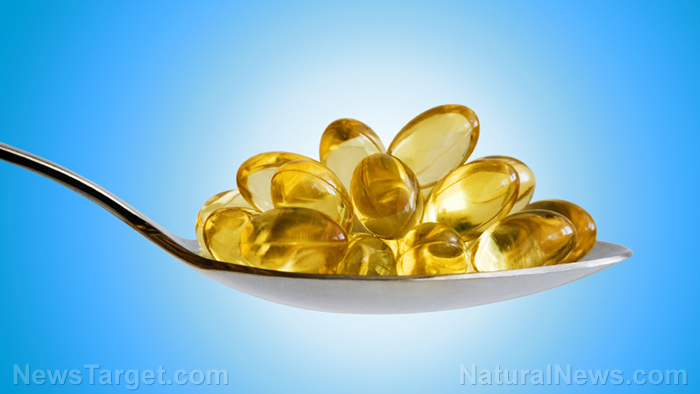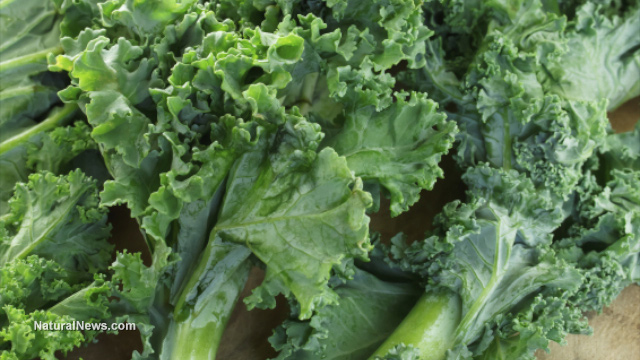Be sure to get your B vitamins: Essential to optimal health, they make your diet delicious as well
11/26/2017 / By Michelle Simmons
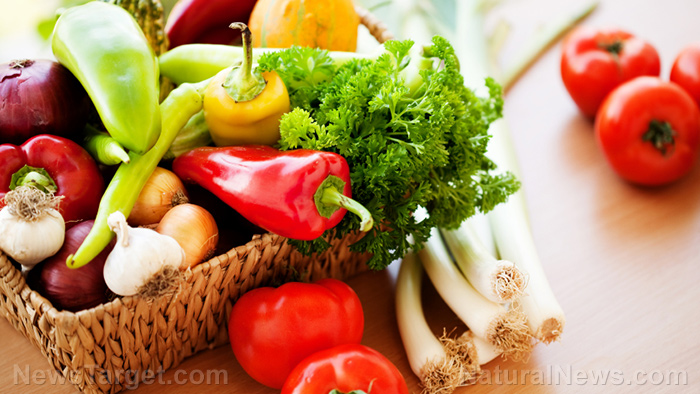
B vitamins are water-soluble vitamins, which means that they cannot be stored in the body. These vitamins must be taken daily. Listed below are the eight B vitamins with their uses and dietary sources. (Related: B Vitamins : Energy, Heart Health, Strong Hair and So Much More.)
- Vitamin B1 – Vitamin B1, also known as thiamine, helps in metabolizing carbohydrates, producing new cells, and protecting the immune and nervous systems. It is also essential in energy metabolism. The most common sources of thiamine in the American diet are cereals and bread. Other major food sources of vitamin B1 include pork, beef, poultry, and organ meats. It can also be found in whole grain, legumes, bran, brewer’s yeast, nuts, fish, eggs, quinoa, asparagus, lentils, and grains.
- Vitamin B2 – Vitamin B2, also referred to as riboflavin, is the “beauty vitamin” that nourishes the hair, skin, and nails and slows down aging. It also helps metabolize fat, carbs, and protein. Additionally, it aids in creating red blood cells, which helps transport oxygen throughout the body. Vitamin B2 also works as an antioxidant as it fights free radicals in the body known to damage cells and DNA. Foods rich in riboflavin include spinach and mushrooms, which can be added to omelette or can be sauteed together as a side dish. This vitamin can be found best in foods such as brewer’s yeast, almonds, organ meats, whole grains, wheat germ, wild rice, soybeans, milk, yogurt, eggs, broccoli, and Brussels sprouts.
- Vitamin B3 – Also known as niacin, vitamin B3 is beneficial for the skin and the nervous system. Moreover, it helps in turning food into energy. This vitamin can also help treat diabetes, lower blood pressure, and improve digestion. For your daily niacin intake, include dietary sources rich in niacin in your meal, such as green beans which is used to make green bean casserole. Other foods rich in niacin are dried apricots, lima beans, broccoli, and tomatoes.
- Vitamin B5 – Vitamin B5, also called as pantothenic acid, converts food into energy. Similar to vitamin B3, it also acts as a beauty vitamin. It contains anti-aging properties and lessens redness or sagging skin. A way to include pantothenic acid to your diet is by making a dish of turmeric cauliflower rice, which is packed with foods rich in B vitamins such as quinoa, mushrooms, and avocado.
- Vitamin B6 – Vitamin B6 is also referred to as pyridoxine. It helps the body metabolize proteins and produce the neurotransmitter called serotonin, which regulates sleep schedule and improve the health of the nervous system. Moreover, it may help lessen inflammation. You can add this vitamin in your diet by making a pistachio oatmeal bowl, or by simply munching on pistachios as a snack. Other dietary sources rich in this vitamin include cereal, chicken, turkey, tuna, salmon, shrimp, beef liver, milk, cheese, lentils, beans, spinach, brown rice, bran, sunflower seeds, wheat germ, bananas, and whole-grain flour.
- Vitamin B7 – Also known as biotin, this vitamin is beneficial to the hair, skin, and nails. It increases cellular growth, which makes the hair and nails grow stronger and longer. Moreover, this vitamin may also regulate blood sugar levels of diabetic people. Making apple energy balls packed with walnuts is a way to consume this vitamin. Other plant-based sources of biotin are potatoes, nuts, and cauliflower. Animal sources of biotin are poultry, fish, and egg yolks.
- Vitamin B9 – This vitamin is also called folic acid. It is important for DNA synthesis. Make a bowl of mixed greens rich in folic acid, such as collar and mustard greens, for your vitamin B9 intake. Other plant sources are mushrooms, green beans, dates, peas, asparagus, beets, and parsnips.
- Vitamin B12 – Vitamin B12 or cobalamin helps iron create the protein that distributes oxygen in the body. It is primarily found in animal products like dairy, eggs, beef, and fish.
Find out more natural vitamin sources at Veggie.news.
Sources include:
Tagged Under: b vitamins, biotin, cobalamin, folic acid, niacin, nutrients, nutrition, pantothenic acid, Pyridoxine, Riboflavin, sources of B vitamins, thiamine

